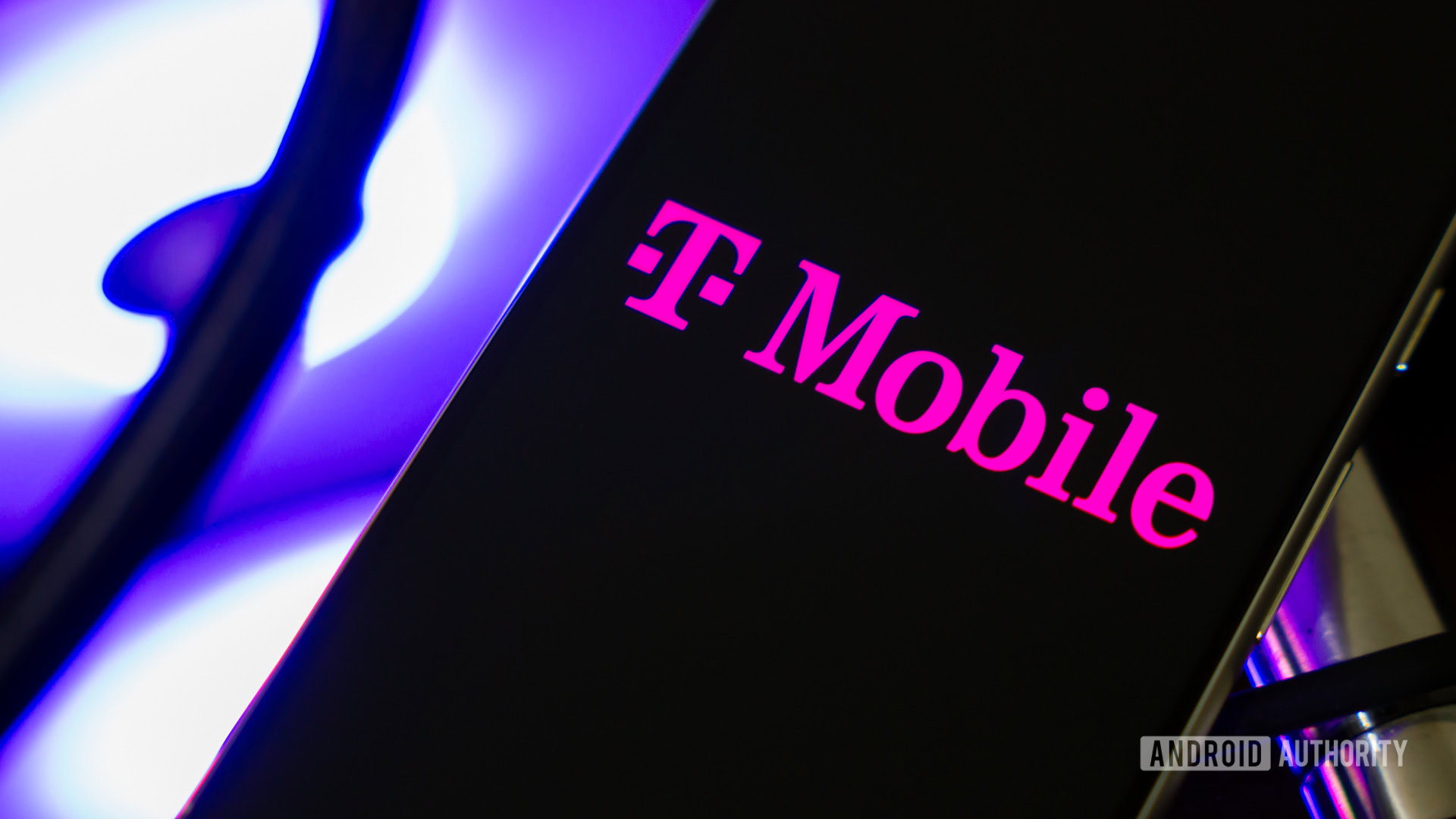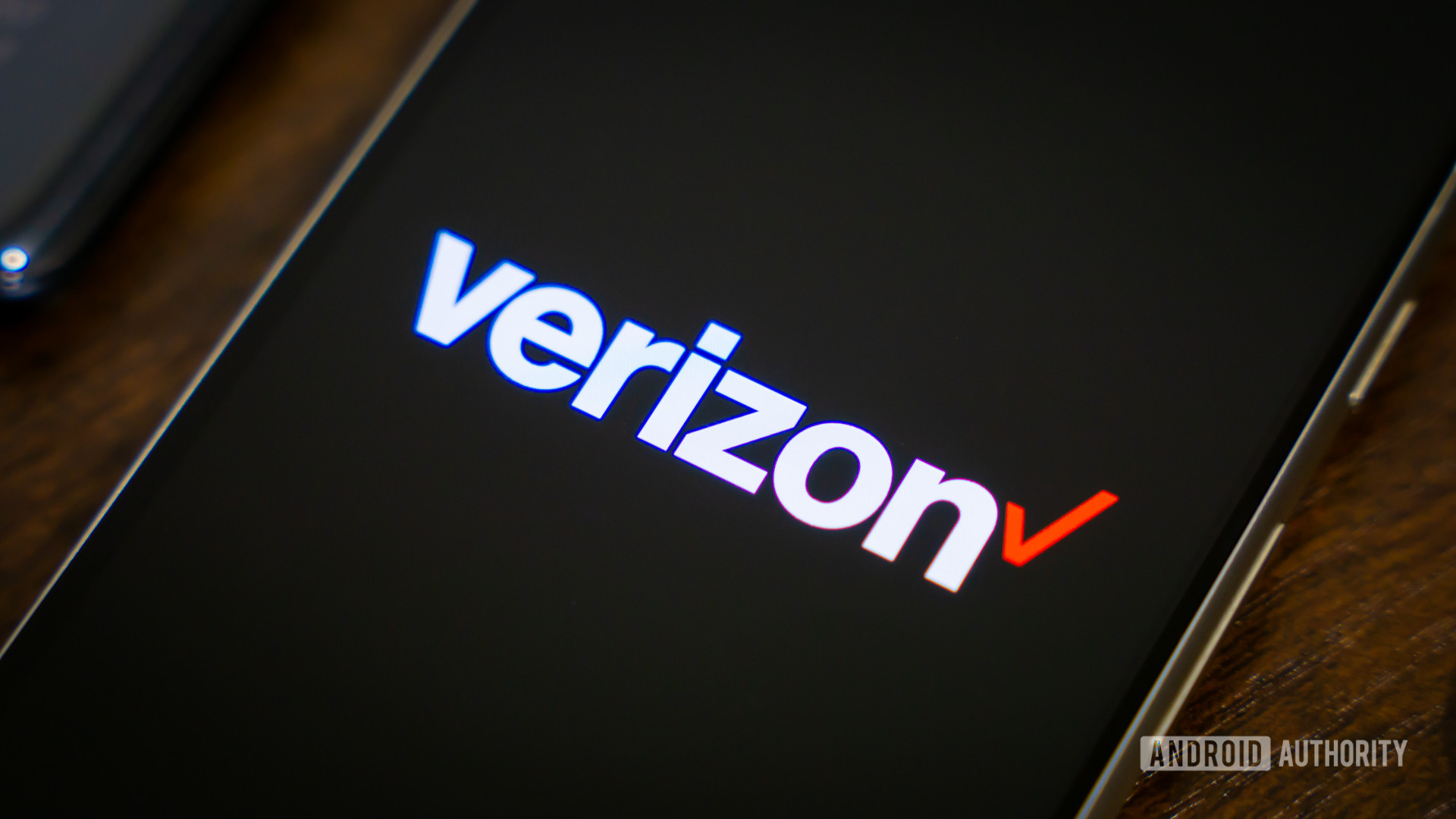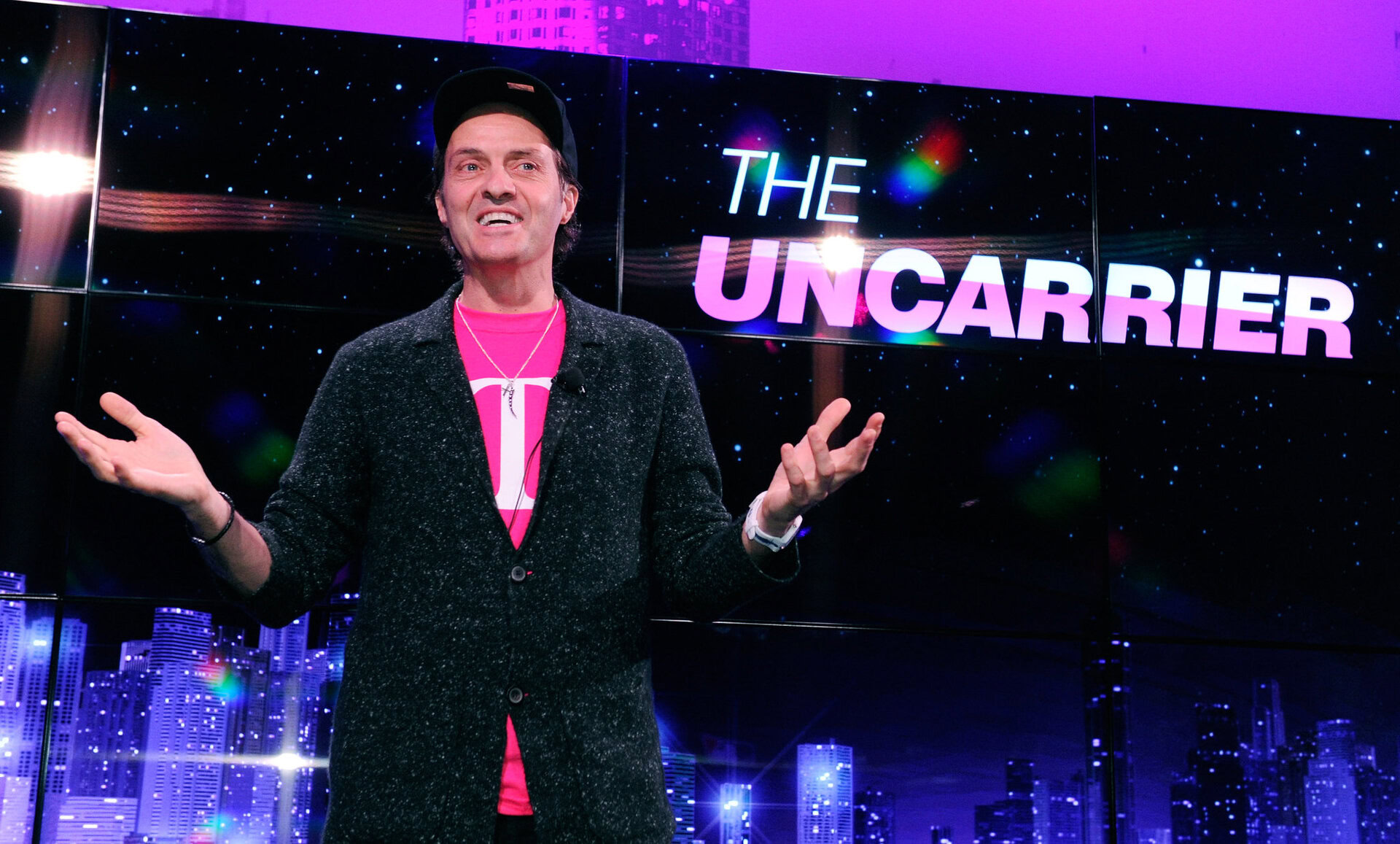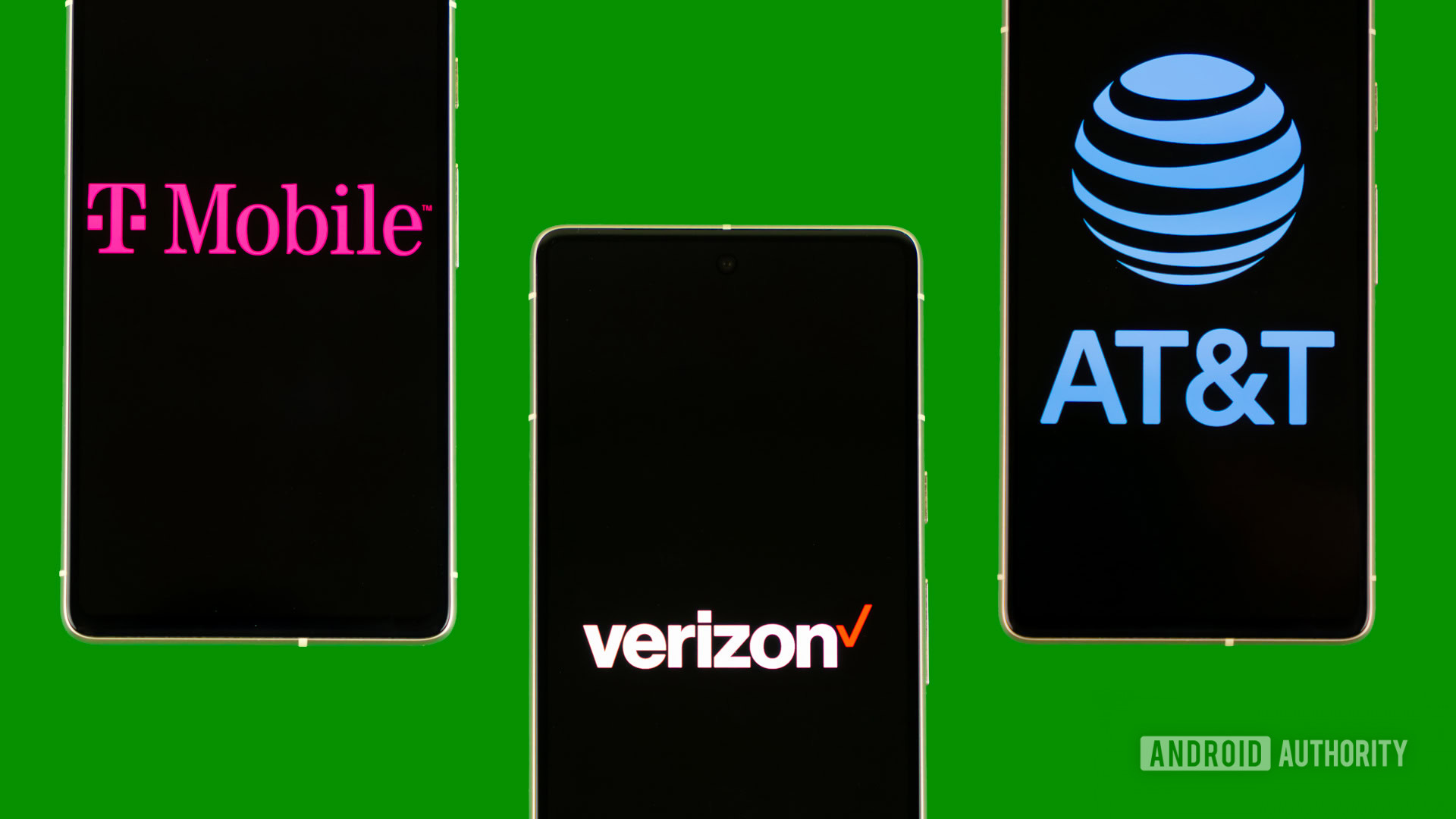Sci-Tech
Is T-Mobile still the uncarrier we knew and loved, or just another carrier?


Edgar Cervantes / Android Authority
In 2012, the wireless industry was in a less-than-ideal state. AT&T and Verizon dominated the market, despite a reputation for price gouging. Meanwhile, Sprint and T-Mobile lagged behind in third and fourth place, respectively. In an effort to change its trajectory, T-Mobile hired John Legere as CEO. Legere wasn’t your typical corporate suit. He wore jeans and T-shirts, and cursed like a sailor. He was also outspoken about the poor policies and practices of the larger wireless carriers, and actually made a ton of big changes to the company through the “Uncarrier” marketing initiative.
This campaign aimed to disrupt traditional industry practices, such as two-year contracts, hidden fees, and sudden price increases. These transformations occurred against the backdrop of a planned merger with Sprint, which was finalized in 2020 after extensive negotiations. Fast forward to today, and the new T-Mobile now largely resembles the very companies Legere once vocally opposed.
Is T-mobile still the uncarrier you knew and loved?
64 votes
T-Mobile is starting to look a little like Verizon 2.0

Edgar Cervantes / Android Authority
There were many things T-Mobile criticized its competitors for, but pricing and clarity were chief among Legere’s concerns. In much softer words than he actually used, Legere once essentially accused Verizon and AT&T of being crooks who were taking us for every last cent. That’s just a bit ironic when you consider T-Mobile’s moves over the last few years. While the pandemic naturally drove up pricing, which is more forgivable, T-Mobile’s treatment of legacy customers is not.
First, T-Mobile attempted to automatically shift its legacy customers to newer plans unless the customer specifically contacted them to opt out. When this didn’t work, it ultimately ended up raising legacy pricing anyway, increasing prices by $5 per month per line for voice plans, and $2 per month per line for connected devices. It was also a slap in the face for customers who thought T-Mobile’s earlier Price Lock policies protected them.
T-Mobile used to offer some of the best phone deals, but these days, many of its top free phone offers are typically aimed exclusively at Go5G Plus and Next subscribers. Similarly, T-Mobile Tuesdays used to feature truly great exclusive discounts and promotions for events and much more. This experience has largely devolved into a very limited coupon book app, and many fear this will only worsen with the new T-Life direction.
Those are far from the only changes T-Mobile has made recently that go against the spirit of its Uncarrier movement. In April we learned T-Mobile could be profiling customers and collecting personal data to better predict user behavior. While this is an opt-out feature, I am willing to bet Legere’s T-Mobile would have never even tried something like this.
T-Mobile’s recent price increases and unclear customer changes are exactly the sort of things Legere once criticized Verizon and AT&T for.
Continuing its long line of moves that certainly aren’t customer-first in nature, T-Mobile recently clarified that its pricing could continue to increase, even for Price Lock customers. It also clarified that despite still using the name, T-Mobile customers with a plan from January 17, 2024 are actually on Price Lock 2.0. This newer version will refund you if you cancel due to price increases, but there’s really no promise it won’t continue to jack up prices.
Still not convinced this isn’t the same T-Mobile we all once gushed about? A new bill credits policy might just be enough to put you over the edge. The new policy means you’ll no longer receive bill credits for a free device if you decide to pay off the installment plan early. In other words, if you buy off your plan early, you lose out on your free phone deal.
T-Mobile is likely doing this to prevent customers from paying off a device early and then turning around and selling it for a high price. Before, you could sell the device and remove the installment plan while still receiving any free credits T-Mobile owed you.
All of this shows a carrier that is clearly not concerned with price increases or moves that are seen as less friendly by its existing customer base. This is exactly what Verizon and AT&T have been accused of doing. What makes T-Mobile feel even more like Verizon is that it seems to have set its sights on being the biggest and most powerful carrier.
It’s important to remember the Uncarrier phase was marketing first and foremost

I’ve noticed numerous online comments portraying John Legere as a hero, while Mike Sievert is blamed for T-Mobile’s recent shifts. However, it’s essential to recognize that the Uncarrier movement was primarily a marketing strategy. Legere was hired to revitalize the company, which he effectively did by adopting a relatable image, aggressively cutting costs, and disrupting the industry. But he didn’t do it because he was your friend. These were calculated business decisions.
Legere did his job well, and I respect him for that. However, I also understand how business works. T-Mobile knew that the changes under Legere’s leadership were only a temporary phase. After being promoted to COO, Mike Sievert and John Legere likely developed their strategy extensively. Phase 1 was focused on winning new customers and improving the network to compete with the major carriers. Phase 2 involved tightening the screws to generate real profits and secure T-Mobile’s position as one of the Big Three.
Legere was hired for a job and did it very well. So was Sievert: to make a profit at any cost.
Whether we like it or not, Mike Sievert was also hired for a specific purpose: to take this revitalized company and ensure it remains profitable both now and in the future. He has become the villain by raising prices and ensuring profitability even at the cost of customer satisfaction. It’s a less appealing role, but that doesn’t mean he isn’t doing his job. It’s a delicate balance — maintaining profitability while mitigating potential subscriber losses. T-Mobile likely anticipated some would leave once it was clear that the old Uncarrier days were over, but they planned ahead as best they could by acquiring the most prominent T-Mobile-based carriers.
Our own polls suggest that many of our tech-savvy readers are seriously considering switching to another carrier or even a prepaid service. Those who leave will likely seek coverage at least as good as what they had. If they were satisfied with the Uncarrier’s coverage, switching to Mint or another T-Mobile MVNO is an easy move. For every customer that switches away, a significant portion will still indirectly contribute to T-Mobile’s revenue. T-Mobile also anticipates that major customer losses are less likely among the elderly, large families, or those who are less tech-savvy and hesitant to switch.
Is T-Mobile actually any worse than the other members of the big three?

Edgar Cervantes / Android Authority
The big question is whether T-Mobile is any worse than the other members of the big three, and to answer that, I’d say no. The new T-Mobile actually holds a few strong advantages over the competition. While AT&T and Verizon spread device payments over three whole years, T-Mobile still defaults to 24 months. T-Mobile also offers slightly more competitive pricing, especially for larger families. It also has an increasingly strong and reliable network — customer service and pricing aside. The main takeaway is that it’s no longer the “uncarrier” we once knew; it’s now more just “another member of the big three,” for better or worse.
For many, T-Mobile might still be the best of the big three. However, for most, I’d suggest moving to one of the many excellent prepaid services, which have evolved considerably over the years. Some prepaid carriers, like Google Fi Wireless, offer the same high-quality data, device payment plans, and other features typically associated with postpaid services.
Sci-Tech
Would having an AI boss be better than your current human one?

By MaryLou Costa, Business reporter
 Hannu Rauma
Hannu RaumaWith the stress of managing 83 employees taking its toll, Hannu Rauma was feeling discouraged and frustrated.
“I was getting too bogged down in all these things that were going wrong amongst the teams, and feeling this disappointment,” says Mr Rauma, who is based in Vancouver, Canada.
He is a senior manager at a company called Student Marketing Agency, which employs university students to provide marketing support for small businesses.
“When I was bringing new clients on board, half of my mind would be saying, ‘we’re going to screw up’, and it would dampen my enthusiasm.”
But Mr Rauma says that all changed from last November, when the firm began using an autonomous AI manager developed by US-based company Inspira.
The AI manager helps the agency’s employees, who work flexible hours remotely, to set their schedules and plan their workloads in advance.
It checks their timekeeping, sends them deadline reminders and regular check-in messages, and records the time spent on different clients, so the latter can be billed accurately. The AI also makes suggestions to improve the wording of written text, is available to answer work-related questions, and automatically updates everyone’s work progress in a central portal.
Mr Rauma says that the shift towards an AI manager has not only reduced his stress levels, but has enabled his employees to work faster and be more productive. “I’m able to focus on the growth of the company and all the positive things. It’s added years to my life, I’m sure,” he says.
Mr Rauma adds that his relationships with his employees have also improved drastically. “Before, it felt a lot like a father-child situation. Now, we’re more on an equal footing. Before, it was only about solving problems. But now we’re able to have more light-hearted discussions.”
But not everyone at Student Marketing Agency is using the AI manager yet. Mr Rauma and 26 of his 83 employees were actually part of a study run by Inspira and academics from Columbia University, Arizona State University, and the University of Wisconsin to compare the performance of the AI manager with its human counterparts.
Participants were divided into three groups: one coached by a human manager, another by the AI manager, and the last group by both AI and human manager.
The AI manager achieved a 44% success rate in getting employees to pre-plan their workdays in advance, and was able to motivate the employees to log in on time 42% of the time. These figures were comparable to the human manager, who achieved scores of 45% and 44% for those two areas.
Yet when the AI manager worked in partnership with a human manager, together they achieved a 72% success rate in getting employees to pre-plan their workdays, and managed to achieve 46% on-time success.
Despite the study being statistically small, and concentrated on a specific type of worker and field, its results point to interesting implications for companies introducing AI tools.
 Getty Images
Getty ImagesWhile businesses like UPS, Klarna, Dell and others have announced significant job cuts this year, with the intention of replacing many roles with AI, Prof Paul Thurman, from Columbia University in New York, argues that swapping management roles completely for AI would be a mistake.
“The middle management layer is the most critical layer in any organisation,” says the professor of management. “They’re the layer that, if it starts turning over, you’re in for a wild ride. Your people don’t see continuity, they don’t get mentoring and coaching… all the human things that human managers are better at than AI and should be focusing on.”
AI, Prof Thurman adds, can liberate managers from endless reminding and checking in, to focus on more innovative ways of working. For example, managers can cherry pick project teams based on individual skillsets, oversee the brief, then hand over to their AI to manage minutiae like deadlines.
AI can also identify who in the team is falling behind and may need to be managed more closely by a human, and by the same token, hone in on star performers who require extra recognition.
But companies should steer away from AI managers becoming a surveillance tool, he says.
“You don’t want to get to a point where you are noting that, not only do people not clock in on time, but they take too much time at lunch, and they’re not eating enough salad. You don’t want to go that far,” says Prof Thurman. “You want to find the right way to encourage the right behaviours.”
AI managers can also help people who have become “accidental managers” – people who excel in their roles and end up managing people as a result, despite management not being a natural skill for them, says Tina Rahman, founder of London-based HR consultancy, HR Habitat.
“We did a study which looked at the reasons people leave a job. Almost 100% of the respondents said it was because of bad management.
“Some of them said they didn’t like the way they’d been managed, and most of them also said it was because they didn’t know what was expected of them or if they were doing a good job,” says Ms Rahman.
“You’d assume that an AI manager would be built to give those correct instructions, to give complete transparency on the requirements, and the outcomes. People are likely to be more productive when they know what’s expected of them.”
But an over-reliance on AI management sets the tone that companies only care about output and not people, Ms Rahman warns.
“It’s going to be very hard for a business to tell their employees that they’re introducing this brand new AI system that’s going to completely manage them, then say, with the same face, that ‘we care about your experiences in the workplace,’” she says.
 James Bore
James BoreYet perhaps the biggest concern about AI managers is not from a people perspective, but from a cybersecurity one, warns James Bore, managing director of cybersecurity consultancy, Bores, and speaker and author.
“If you have an AI manager, and you’ve given them all of the company’s processes, procedures, and intellectual property that is suddenly all in the software, it can be kidnapped by someone who wants to clone it, and it could also be held to ransom,” says Mr Bore.
“If you’ve come to rely on it, which companies will when they start replacing humans with AI, you’re kind of stuck, because you’ve got no resilience, no option to switch back to the humans, because you don’t have them anymore.”
Rather than companies becoming more efficient through an extensive use of AI, Mr Bore says there could be an unintended consequence beyond becoming dependent on systems that could fail.
“The more you automate, and the more you remove people from your business, yes, you’ll bring down costs. But you will also make your company more replaceable.”
Sci-Tech
Judge Backs Challenge to F.T.C.’s Noncompete Ban, at Least for Now

A federal judge on Wednesday backed an initial legal challenge to the Federal Trade Commission’s ban on noncompete agreements, which is scheduled to take effect in September.
Judge Ada Brown granted an injunction requested by several plaintiffs, saying the ban cannot be enforced against them pending a final ruling.
But while the ruling is preliminary, she said that the F.T.C. lacked “substantive rule-making authority” with respect to unfair methods of competition and that the plaintiffs were “likely to succeed on the merits” of their challenge.
Judge Brown, of U.S. District Court for the Northern District of Texas, said she expected to issue a final decision by the end of August.
The commission “stands by our clear authority, supported by statute and precedent, to issue this rule,” said Douglas Farrar, an F.T.C. spokesman. He added that the agency would “keep fighting” noncompetes in an effort to promote worker mobility and economic growth.
In April, the tax firm Ryan L.L.C. sued to block the near-total ban on noncompetes, just hours after the F.T.C. voted 3 to 2 to adopt the rule. The U.S. Chamber of Commerce later joined the case as a plaintiff, as did the Business Roundtable and two Texas business groups.
Banning noncompete agreements, which prohibit workers from switching jobs within an industry, would increase workers’ earnings by at least $400 billion over the next decade, the F.T.C. estimates. The agreements affect roughly one in five American workers, or around 30 million people, according to the agency, whose purview includes antitrust and consumer protection issues.
“If you’re not working in the most productive place you could be working because of a noncompete, that’s a loss for the economy,” Aviv Nevo, director of the F.T.C.’s Bureau of Economics, said at a conference in April.
Business groups argue that the ban would limit their ability to protect trade secrets and confidential information. The Chamber of Commerce and other groups assert that the F.T.C. lacks constitutional and statutory authority to adopt its proposed rule, with Ryan L.L.C. calling it “arbitrary, capricious, and otherwise unlawful.” Another lawsuit seeking to block the rule is pending in federal court in Pennsylvania.
But the three Democrats on the five-member commission maintain that it can legally issue rules defining unfair methods of competition under the F.T.C. Act of 1914, the law that created the agency. Their position has garnered some bipartisan support, too: Representative Matt Gaetz, Republican of Florida, argued in a brief filed in the Texas case that the noncompete ban falls “squarely within” the rule-making authority granted to the commission by Congress.
The Supreme Court’s decision last week to limit the broad regulatory power of federal agencies could raise the agency’s legal hurdles.
Mark Goldstein, a labor and employment lawyer at Reed Smith in New York, said that while limited to only the plaintiffs at this stage, Judge Brown’s injunction was a strong indication that she would deem the F.T.C.’s rule invalid, preventing it from going into effect nationwide.
“The writing is on the wall there,” Mr. Goldstein said. “I have never seen a court issue a preliminary injunction and then, absent some extremely unusual circumstances, issue a final decision that wasn’t consistent with the preliminary injunction.”
As litigation over the noncompete rule drags on, some lawyers are already advising employers to start relying more heavily on different agreements to protect trade secrets and business interests.
In a blog post after the F.T.C. adopted its noncompete ban, the law firm Winston & Strawn suggested that employers adopt alternative measures, such as narrowly tailored nondisclosure agreements and requirements that employees repay the company for training costs if they leave before a set period — known as training repayment agreement provisions, or TRAPs.
“Focus on these additional protections has become greater,” said Kevin Goldstein, an antitrust partner at Winston & Strawn.
But even those agreements are under increasing scrutiny. The commission’s final rule encompasses “de facto noncompetes” — measures that, in effect, prevent a worker from switching jobs within an industry, even if they aren’t labeled noncompete clauses. And employers are eyeing the shifting landscape of state and federal restrictions on such covenants, including nondisclosure agreements, beyond the F.T.C.’s rule.
While the commission’s vote to ban noncompetes has garnered the most attention, moves from other federal agencies and state legislatures against agreements that restrict worker mobility are simultaneously on the rise.
“There’s been increased hostility toward these agreements in general, across the country,” said Christine Bestor Townsend, co-chair of the unfair competition and trade secrets practice group at Ogletree Deakins.
Last month, a National Labor Relations Board judge ruled for the first time that a noncompete clause is an unfair labor practice, as part of her decision in an unfair-termination case. The judge also broke new ground by barring a nonsolicitation clause, which restricts soliciting clients or employees of a former employer; she argued that both types of agreements could chill protected activity, including union organizing.
That ruling followed a memo last year from the labor board’s general counsel, Jennifer Abruzzo, that clarified her view that noncompete provisions in employment contracts violate the National Labor Relations Act, except in limited circumstances.
“It’s one thing to get a guidance memo from the general counsel, which is significant and important,” said Jonathan F. Harris, an associate professor at Loyola Law School in Los Angeles who studies contracts and employment law. “And it’s another thing to see the adjudication side of the N.L.R.B. agree with her.”
These kinds of restrictive covenants tend to scare workers away from labor organizing, Mr. Harris said, “because the consequences of being fired for organizing become that much greater if you can’t get another job afterwards.”
Other federal agencies have jumped in as well, eyeing a range of employment provisions that they argue unfairly constrain workers. It’s part of the whole-of-government approach by the Biden administration to what it considers anticompetitive restraints on worker mobility.
The Consumer Financial Protection Bureau, for example, issued a report last summer on the dangers of provisions requiring workers to repay training costs if they leave a job before a certain time elapses.
It’s not just a federal push: State governments are also stepping in to promote worker mobility — a trend that was in motion before the F.T.C. voted to ban noncompetes in April, but one that has gained momentum since.
Last month, the Rhode Island legislature passed a bill to ban noncompetes, joining Minnesota, California, Oklahoma and North Dakota. Dozens more states have enacted partial restrictions.
“Minnesota didn’t turn into a gaping crater,” said Pat Garofalo, the director of state and local policy at the American Economic Liberties Project, a progressive think tank, referring to the state’s wide-reaching ban on noncompetes that went into effect last year. “Once a domino falls over, a bunch of other dominoes fall over after.”
State laws can also prove more resilient to challenges than federal rules.
“State legislatures obviously have a lot of interest in getting these rules on the books right now,” Mr. Garofalo said.
Sci-Tech
How Tom Hanks’s Son Spawned a Hateful Meme Online

In the spring of 2021, Chet Hanks, the singer, actor and son of Tom, posted a series of statements and a music video with a refrain that caused confusion, not to mention a fair bit of cringing. He declared it was going to be a “white boy summer.”
Whatever exactly he meant at the time, the phrase has since mutated into a slogan for white supremacists and other hate groups, according to a report published on Tuesday by the Global Project Against Hate and Extremism, an organization that tracks the spread of racism.
Thousands of posts using the slogan “white boy summer” have appeared on the Telegram app alone this year. It’s been used by far-right groups to recruit new followers, organize protests and encourage violence, especially against immigrants and L.G.B.T.Q. people, the report said.
For many of those who use it now, the phrase represents an unapologetic embrace of white heterosexual masculinity, often at the expense of women and people of color.
Increasingly, the meme has moved from the fringes of the internet into the political mainstream in the United States and elsewhere around the world, one of the group’s founders, Wendy Via, said.
Jack Posobiec, a podcaster whom the Southern Poverty Law Center has linked to white supremacists, waved a banner with the words “white boy summer” on it at a gathering for Turning Point USA, a conservative group, in Detroit last month. Former President Donald J. Trump was the conference’s keynote speaker, along with several members of Congress.
“It’s really about how quickly and how devastatingly something like this can go viral and the impact it has,” Ms. Via said of the phrase that Mr. Hanks coined. Extremists, she added, “are hurting people all over the world in the name of this thing.”
Mr. Hanks, 33, did not respond to numerous requests for comment through his social media accounts and the talent agency that represents him, but after this article appeared he posted a statement on Instagram condemning use of the phrase in any bigoted way.
“White boy summer was created to be fun, playful, and a celebration of fly white boys who love beautiful queens of every race,” he wrote. “Anything else that it has been twisted into to support any kind of hate or bigotry against any group of people is deplorable and I condemn it.”
Mr. Hanks started using the phrase in a series of posts on social media in 2021 about fashion and other advice for men. He seemed to anticipate that the meaning of the words required some explanation.
“Take it how you want it,” he said in a post on Instagram that March. “I’m not talking about, like, Trump, NASCAR-type white,” he went on, saying he meant people like himself and two other white R&B artists, Jon B. and Jack Harlow. “Let me know if you guys can vibe with that. And get ready, ‘cuz I am.”
His music video — produced under the name Chet Hanx — appeared the month after. It was a homage of a sort to the hit two years earlier by Megan Thee Stallion, “Hot Girl Summer,” featuring Nicki Minaj and Ty Dolla $ign.
It is replete with profanity, as well as sexist and racial slurs, but it also ends with an image of Mr. Hanks wearing a shirt with the words “stop hate” on it.
“White boy summer” is not the first artistic creation that white supremacists have hijacked and used online in hate speech.
Pepe the Frog, a comic book character created by Matt Furie, became so popular in racist, antisemitic and homophobic memes that the Anti-Defamation League classified it as a hate symbol in 2016. Mr. Furie killed off the character a year later, but it still circulates in ways he never intended.
Even before the meme, Mr. Hanks faced criticism for using — and defending the use of — a racial slur against Black people. He has also been accused of cultural appropriation after he started using, as an affectation, Jamaican patois in public appearances, including at the 2020 Golden Globe Awards, where Tom Hanks received the Cecil B. DeMille Award.
As a meme and a hashtag, “white boy summer” has with each passing summer been embraced by groups like the Proud Boys and “active clubs,” groups that blend racist ideologies with martial arts and other activities.
While more prevalent on fringe sites populated by extremist content, including Gab, Rumble and 4chan, the phrase also appears regularly on X, Instagram, Facebook and other major social media platforms, often with Nazi images. The phrase and its various hashtags appear to skirt policies that prohibit hate speech in part because it is often used euphemistically or ironically.
“While this trend/meme originated on the far right, it is definitely creeping into more ‘mainstream’ right-wing discourse,” said Todd Gutnick, a spokesman for the Anti-Defamation League, which documented the slogan’s spread early on.
The Global Project Against Hate and Extremism report noted that the meme was now being used by extremist groups in countries around the world.
A group in France created stickers with the phrase — in English — for members to distribute, while another in Finland held an annual festival last month using the phrase as its name. Writing about last year’s event, Bellingcat, a research organization, reported that attendees “watched far-right bands perform, participated in combat sports and mingled with other hate group members in hot tubs.”
“The far right is adept at bringing their hateful ideologies into the mainstream, especially through the use of social media,” the report said, “and the already-viral ‘white boy summer’ has proved to be the perfect segue from them to spread their bigotry to a wider audience.”
Mr. Hanks, who also previously performed as Chet Haze, has had much-publicized struggles with drugs and accusations of domestic abuse that have contributed to his rebellious persona as a performer. “He’s a grown man,” his older half brother, Colin, who is also an actor, said in a radio interview in 2016, when asked if he had ever intervened with advice. “He’s going to do what he wants to do.”
Tom Hanks does not appear to have commented publicly on his relationship with Chet Hanks, though the son recently posted a cross-generational exchange of text messages with him about the recent feud between the rappers Drake and Kendrick Lamar. In an interview with The New York Times in 2019, the father described his experience as a parent.
“Somewhere along the line, I figured out, the only thing really, I think, eventually a parent can do is say: ‘I love you, there’s nothing you can do wrong, you cannot hurt my feelings, I hope you will forgive me on occasion, and what do you need me to do?’” he said.
Despite the controversy over its spread, Mr. Hanks continues to embrace the meme. “I have consulted with the heavens, felt a westward breeze, and walked outside of a strip club and saw my shadow …,” he wrote on Instagram in May. “This will be a #WBS.” He ended the post with the emoji of a church.
-

 African History5 years ago
African History5 years agoA Closer Look: Afro-Mexicans 🇲🇽
-

 African History5 months ago
African History5 months agoBlack History Facts I had to Learn on My Own pt.6 📜
-

 African History5 years ago
African History5 years agoA Closer Look: Afro-Mexicans 🇲🇽
-

 African History1 year ago
African History1 year agoMajor African Tribes taken away during the Atlantic Slave Trade🌍 #slavetrade #africanamericanhistory
-

 African History1 year ago
African History1 year agoCameroon 🇨🇲 World Cup History (1962-2022) #football #realmadrid #shorts
-

 African History5 months ago
African History5 months agoBlack History Inventors: Mary Kenner 🩸
-

 African History1 year ago
African History1 year agoPROOF AFRICAN AMERICANS AIN'T FROM AFRICA DOCUMENTED EVIDENCE
-

 African History1 year ago
African History1 year agoNo African pre-Columbus DNA? 🤯🤯 #history #mesoamerica #mexico #african

























